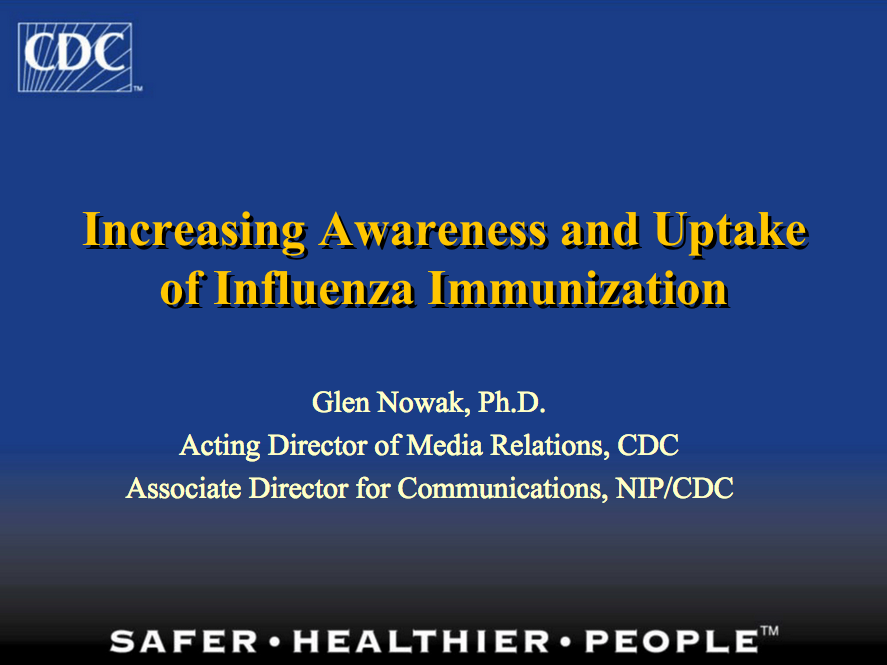“As with mandatory influenza vaccination, there is insufficient evidence that mandatory measles vaccination results in a net public health benefit.” – Physicians for Informed Consent, a letter to the British Medical Journal
But that fact doesn’t increase vaccination rates–fear of infection does. How do we go from calm acceptance of a once common childhood infection to parental hysteria? Like this:
https://www.facebook.com/jbhandleyjr/videos/1914488961924583/
In the United States and other wealthy nations, common childhood infections such as measles had ceased being dangerous for the vast majority before the introduction of corresponding vaccines thanks to the achievement of the main pillars of a healthy society: clean water systems, proper sanitation, and good nutrition.
While vaccines have played a role in the reduction of targeted infections, those reductions aren’t without cost. Adverse reactions that include post-vaccination hospitalization, chronic illness, death, inferior immune protection, reduced maternal passive-immunity for infants, strain shifts. As with antibiotics, overuse, misuse, and reckless use of vaccination are leading to serious consequences.
The goal of any public health policy should be to protect those who are at risk of poor infection outcome AND protect those who are at risk of poor vaccination outcome, while not creating larger health problems.
Scientific integrity in vaccine policy ceases to exist when mass vaccination goals take precedence over facts, media outlets are controlled by their drug company sponsors, and the government encourages fear-based messaging.
Samples of Federal policy to silence risk and inflate fear:
Federal Register in 1984 (vol 49, no 107):
“. . . any possible doubts, whether or not well founded, about the safety of the vaccine [polio] cannot be allowed to exist in view of the need to assure that the vaccine will continue to be used to the maximum extent consistent with the nation’s public health objectives.”
IOM Closed Meeting Transcript 2001:
In 2001, when autism prevalence was 1 in 150, a closed-meeting discussion by an IOM committee about MMR and thimerosal-vaccines revealed the very heart of where we find ourselves today.
Dr. Stratton said (pg. 53): “They [the CDC] say – and I believe them – that people are getting immunized when they really shouldn’t. What if there really is a terrible hidden truth about one of these things? Of course, they are worried about immunization rates and whether they are going to go up or down.”
CDC Recipe for Increasing Flu Vaccination:

